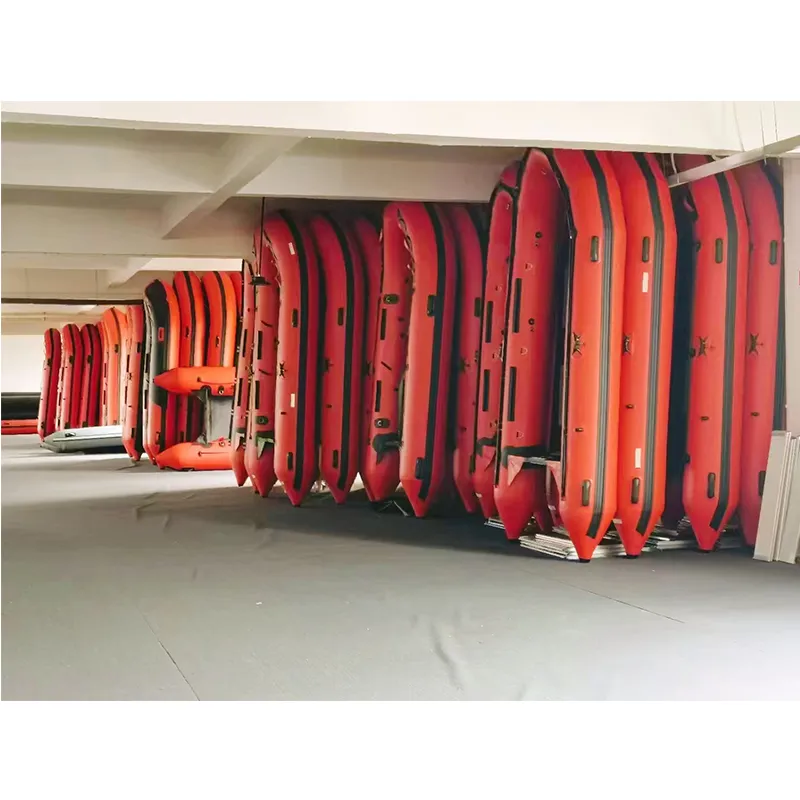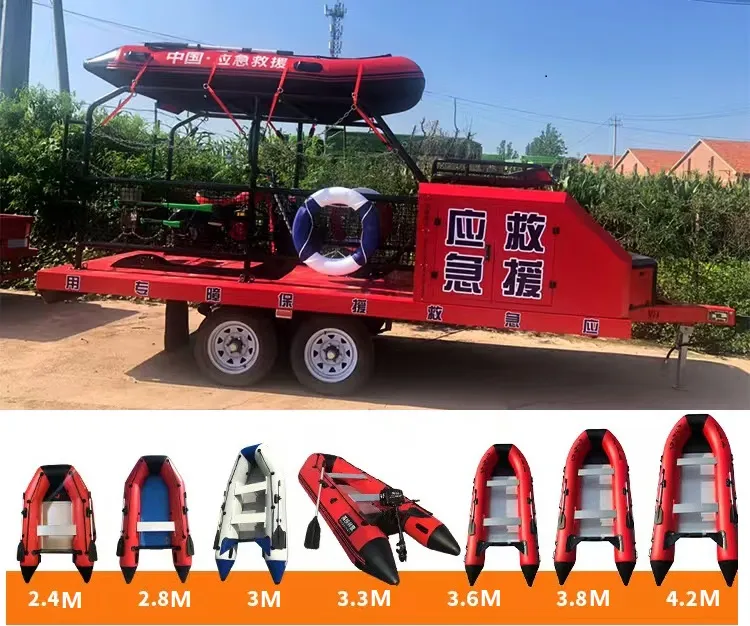

Moreover, the deployment of firefighting motorcycles can reduce operational costs for fire departments. The vehicles are not only less expensive to purchase and maintain than their full-sized counterparts, but they also require fewer resources in terms of fuel and personnel. This efficiency allows fire departments to allocate budgets strategically, potentially improving emergency response capabilities across other areas or investing in community fire prevention initiatives. Nonetheless, the integration of firefighting motorcycles into existing emergency response frameworks requires careful planning and infrastructure adjustments. Communication systems must be adapted to facilitate coordinated dispatch and arrival, and existing regulations may need to be updated to accommodate these new vehicles. Collaborations with city planning departments are vital to ensuring that roadside fire safety infrastructure accommodates the specific needs of motorcycle crews. Academics and industry experts continue to study the impact of firefighting motorcycles through real-world deployments and controlled simulations. Feedback indicates that these vehicles are especially effective in high-density urban areas with heavy traffic congestion. However, their utility extends beyond the city limits; they are equally adept at navigating rural landscapes, providing rapid response in areas where traditional firefighting vehicles might struggle with challenging terrain. Through the lens of expertise, firefighter training programs are evolving to incorporate these motorcycles into their curricula, ensuring that new recruits are equipped with the skills necessary for operating in varied environments. A continued focus on professional development and operational excellence ensures that firefighters can maximize the potential of these vehicles, thereby upholding high standards of service. In summary, firefighting motorcycles are not just a novel addition to emergency response fleets; they represent a strategic enhancement aligned with the evolving challenges faced by modern fire departments. By combining speed, efficiency, and adaptability, these motorcycles expand the tools available to firefighters, offering an effective and sustainable solution that enhances public safety. Their ongoing integration and adaptation highlight the dynamic nature of emergency services, where innovation is both a catalyst and a necessity for progress.





























